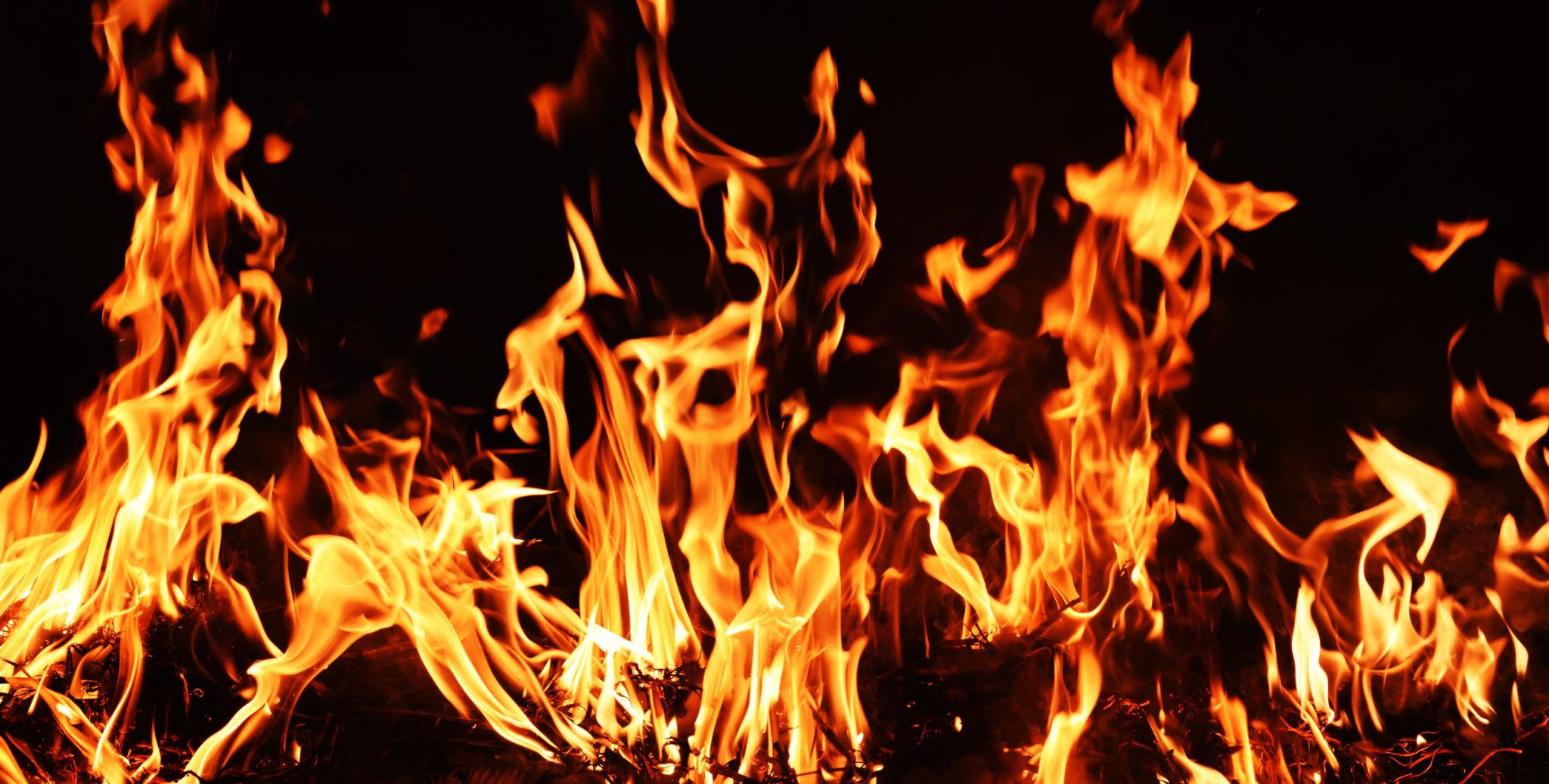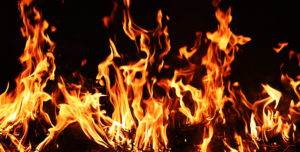
The Triangle Shirtwaist Company employed more than 500 people, mostly young immigrant women, and occupied the 8th, 9th, and 10th floors of the Asch Building located in Washington Square at the corner of Washington Place and Green Street in New York City. The Asch Building was 10 stories high and was constructed with wood floors.
Many issues contributed to the significant loss of life in this fire. Buildings having more than 10,000 sq ft per floor were required to have three exit stairways, but the Asch Building only had two exit stairways. The building also had a fire escape that was accessible through windows, but the fire escape terminated at the 2nd floor instead of at the ground.
Doors at the factory were locked during the workday to prevent employees from stealing material. Combustible scrap materials had accumulated on the floor creating a continuity of combustibles throughout the space. The aisles leading to exits were narrow and obstructed, and doors opened inward, making egress difficult. No fire drills had been conducted.
On Saturday, March 25, 1911, near quitting time, at 4:45 PM, a worker on the 8th floor noticed smoke coming from one of the rag bins, and supervisors were unable to extinguish the fire with buckets of water. The fire spread quickly through the continuity of combustibles – from the rag bins to the cutting tables and to overhead patterns hanging above the cutting tables.
Seeing the fire, those on the 8th floor rushed for the exits, but one of the two exit doors was locked and the other door opened inward, making it difficult to enter the exit stairway as the panicked workers pushed up against the door.
Someone on the 8th floor notified the executive offices on the 10th floor, allowing all but one of the 70 workers on the 10th floor to escape, some via the roof. No one notified the 260 workers on the 9th floor, however, so the employees on the 9th floor only learned of the fire when flames came through the windows.
The long rows of cutting tables created very long common paths of travel to the exits. Narrow aisles and obstacles, such as chairs and baskets, slowed occupants’ progress to the exits.
Like the 8th floor, one of the two exits was locked and the overloaded fire escape pulled away from the building wall, dropping many to the street below. Trapped, many tragically jumped to their deaths from the 9th floor to escape the heat and smoke from the fire. In all, 146 people died in this fire, mostly teenage girls.
Once again, locked doors, a lack of fire drills, and inward opening doors hindered egress from the building. In addition, a lack of fire alarm system delaying notification to occupants and an inadequate number of exit stairways all contributed to the loss of life.
This fire prompted NFPA to create the Committee on Safety to Life in 1913, and the committee eventually wrote a comprehensive guide to exits and life safety features in the Building Exits Code of 1927, which was a precursor document to the modern day NFPA 101- Life Safety Code.
Source Material:
- Triangle Fire Stirs Outrage and Reform, NFPA Journal, May/June 1993, pp. 72-82. Grant, C.
- Case Histories: Fires Influencing the Life Safety Code, NFPA 101 Handbook, 2009, pp. 1147-1159. Teague, P.
- Argersinger, Jo Ann E. The Triangle Fire: a brief history with documents. Bedford/St Martins, 2016.
- Triangle Shirtwaist Factory Fire Memorial Site
In Part 4 of this series, we’ll review the Cocoanut Grove Nightclub Fire.


